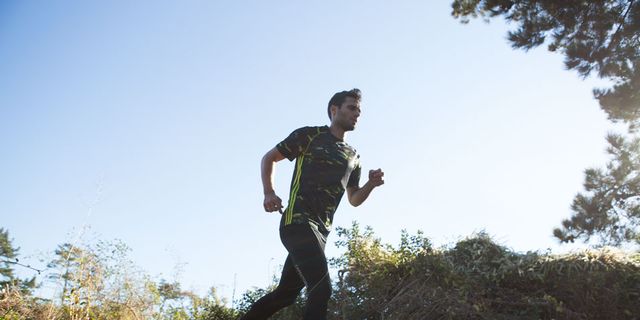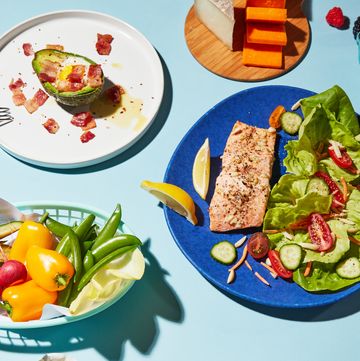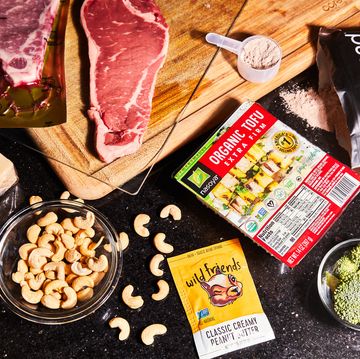For decades, exercise physiologists and endurance athletes have understood that marathons, and other endurance training and races, drain glycogen stores, which leads to fatigue and “bonking,” or hitting the “wall.” It’s become common knowledge that fueling with carbohydrates from sports drinks, gels, and chews helps stave off the energy drain.
But lately, some endurance athletes, fueled (if you will) by talk from exercise physiologists, are scaling back on their carb intake in an effort to train their muscles to burn more fat as fuel. In theory, this energy is supposed to last longer during ultra endurance events. Training and racing on a low-carb, high-fat, high-protein diet, according to some experts, will force your muscles to adapt to burning fat as fuel, thus sparing the precious glycogen stores needed for the long haul.
Ultimately, if fat-burning adaptation occurs, then bonking during a run becomes a nonissue.
While it sounds great in theory, there is no evidence that “fat loading” actually works—especially among top endurance athletes. This led Trent Stellingwerff, Ph.D, exercise physiologist and sports nutritionist from Canadian Sports Institute, to investigate what three world-class elite ultramarathoners actually ate during racing.
Spoiler alert: it’s definitely not low-carb.
Each runner was given a questionnaire about his food intake during training and racing. Prerace, each runner ate a breakfast that was about 48 percent carbohydrate. Throughout their respective ultramarathon events, approximately 84 percent of their calories came from carbohydrates. The carbohydrates came mainly from sports drinks, gels, candies, and cola. A variety of foods was necessary avoid gel fatigue.
These runners also stressed the importance of test nutrition runs before an event, since it’s impossible to truly practice race-day nutrition due to the distance.
One of the subjects studies wore a heart rate monitor during the International Association of Ultrarunners 100K World Championships, which he won. His heart rate data was used to predict fuel utilization, which reveals the amount of energy coming from fat versus carbohydrate. After careful evaluation, this runner was shown to use predominately carb fuel during his 100K run. This means that burning fat for fuel wasn’t a major player for this top runner’s effort. In other words, carbs still stand as the best fuel for long distances.
These three runners demonstrated training practices that prioritized high-carbohydrate availability during races. The heart rate monitor data showed mainly carbohydrates were being used as fuel during the ultramarathon event.
-Additional reporting by Debbie Fetter.













